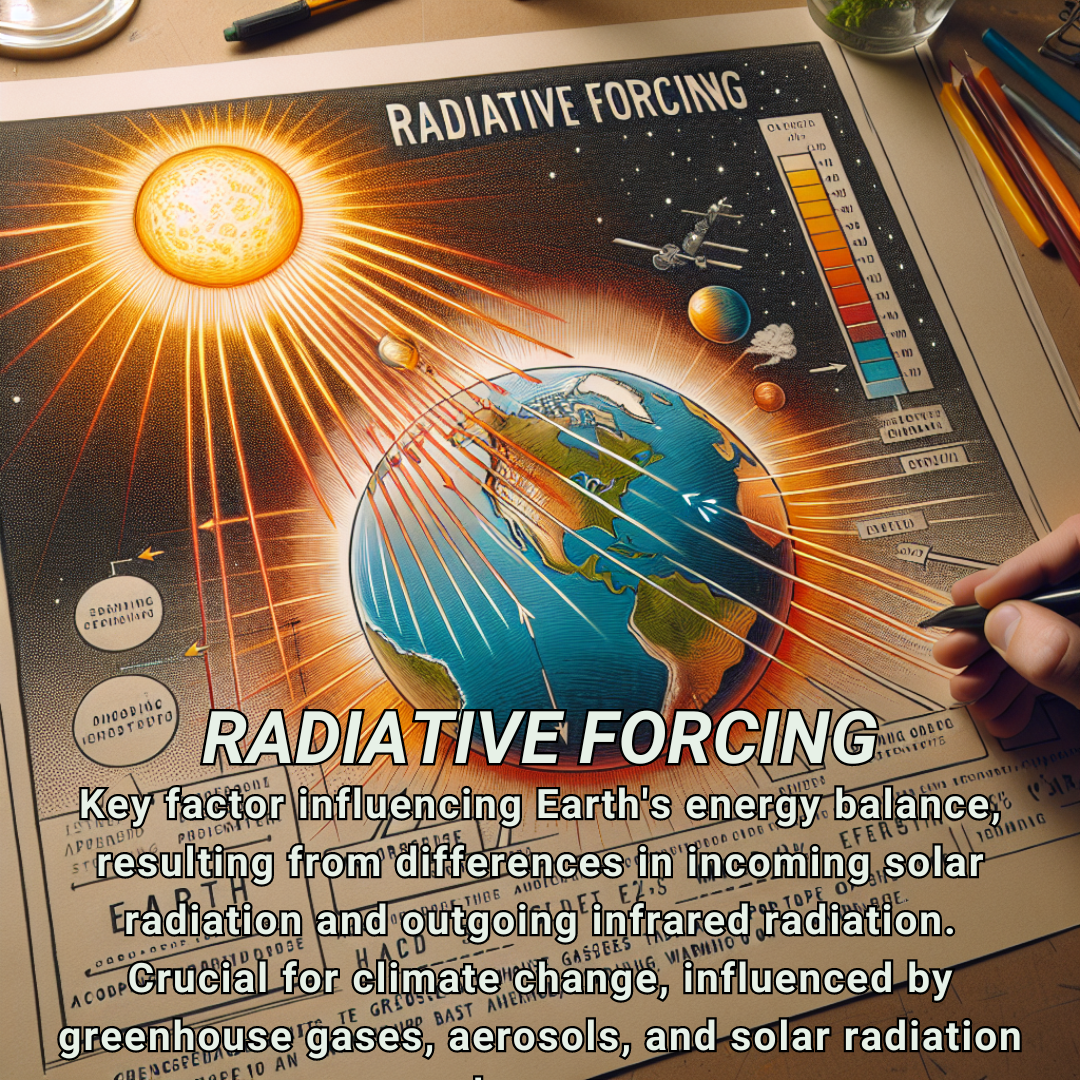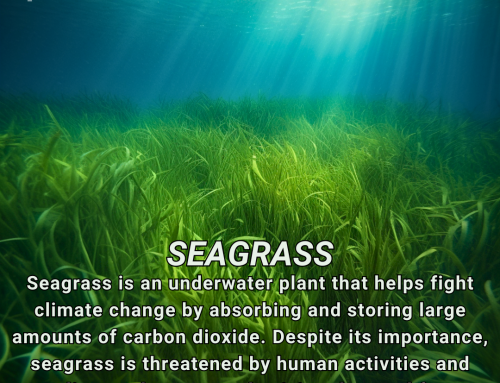
Today’s Climate Change Poster Collection highlights Radiative forcing, a term that describes the imbalance in energy entering and leaving Earth’s atmosphere. Currently, this imbalance results in more energy entering our atmosphere, which in turn causes atmospheric warming. The sun sends sunlight to our planet, and while approximately 30% of this sunlight is reflected back to space, the remaining 70% is absorbed by Earth. Some of this absorbed energy then radiates back out as heat.
The process of calculating radiative forcing is complex, as it considers several factors including the presence of clouds, polar ice, and atmospheric gases. This complexity reflects the fact that more heat is entering our planet than leaving it. Typical calculations of radiative forcing are based on a pre-industrialization baseline year. The Intergovernmental Panel on Climate Change, for example, uses the year 1750 as their reference point.
Radiative forcing is a valuable measurement as it helps us understand how human activities since the baseline year have altered our planet’s climate. This concept accounts for the impacts of greenhouse gases on the climate, a significant factor in our current climate crisis. However, the scope of radiative forcing is not limited to greenhouse gases alone.
In addition to greenhouse gases, radiative forcing also takes into account other human-induced changes. For example, deforestation and the addition of aerosols to the atmosphere can both have an impact on our climate, causing it to either cool or warm. Natural changes that have occurred since the baseline year are also considered in calculations of radiative forcing. These may include changes in the sun’s output and aerosols from volcanic activity.
Radiative forcing is a key concept in understanding the changes in our planet’s climate. It provides a comprehensive view of the various natural and human-induced factors that contribute to climate change, providing valuable insights that can aid in the development of strategies to mitigate climate change. By understanding radiative forcing, we can better comprehend the severity of the crisis our planet is facing, and work towards solutions that will ensure a sustainable future for all.
Discover an inspiring collection of climate change poster.






